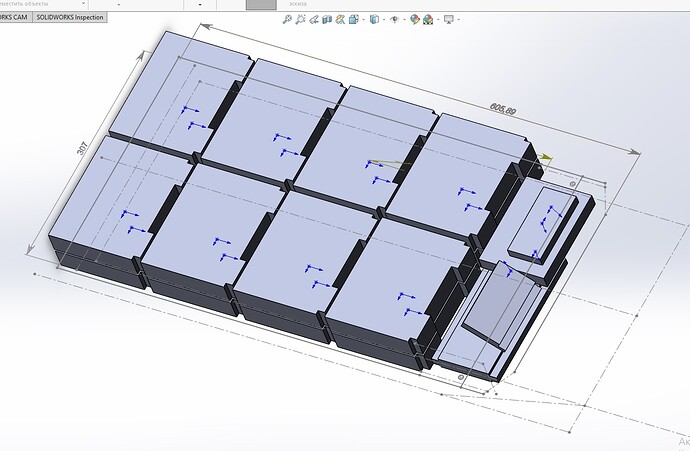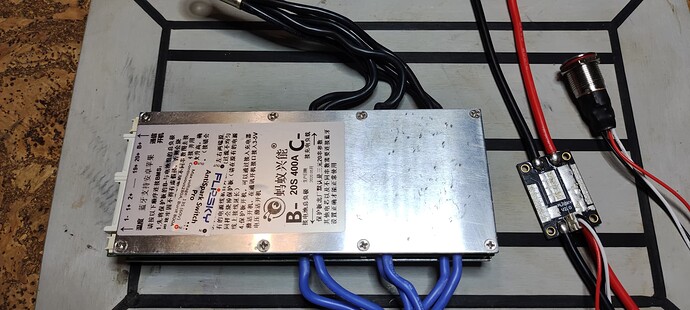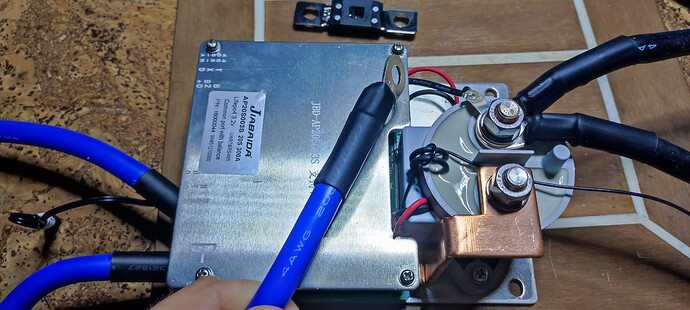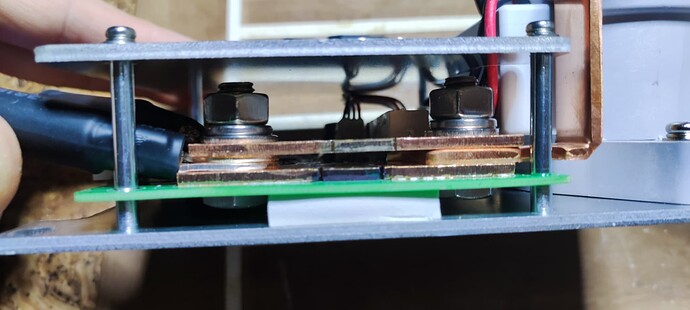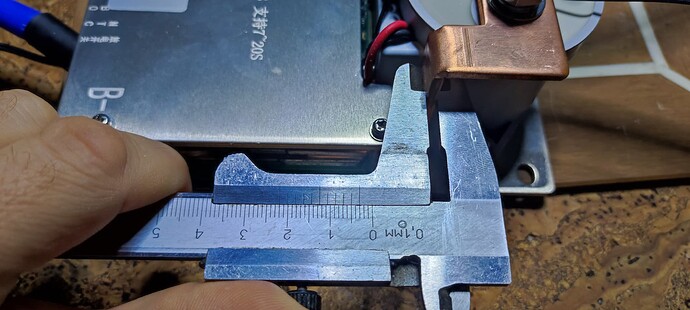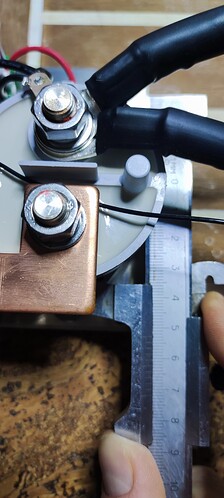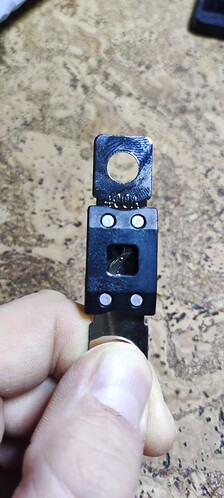Hello dear community!
My name is Andrey Filosofov
I am here to tell everyone about my plans to build efoil and ask questions, which I have accumulated quite a few.
I was inspired by ready-made projects such as LiftFoil and Flite for the construction of the hydrofoil. I was also interested in some hand-made projects with gearboxes, but for now I decided not to use gears.
I already have a mast and a plate, I bought them here:
I also seem to have decided on the battery, it will be LiFePo4 with a maximum charge of 60 V. This voltage is used, for example, by Flite.
The charge board will have an anti-spark, a button and a display.
Recently, however, I began to doubt the choice of voltage, as I hear a lot of talk about safety. Therefore, my question is: how much does the risk of getting problems with current increase at 60 V, as opposed to 50 V? With an average current that the motor will use 50-150A.
The main questions now are about the motor and ESC.
There was a lot of hope for the engine
https://aliexpress.ru/item/1005001883262671.html?spm=a2g0s.8937460.0.0.398e2e0edCVqMk
But I hear a lot of conflicting reviews.
Still not clear:
-
with which propeller its current consumption will be optimal for 50 V and 60 V
-
is it really well protected from water?
-
Does the CV actually correspond to the declared one?
It has a good price, and I really would like it to work well.
I am also looking at this engine with a standard 190mm / 7.5 ‘’ propeller. However, the following are not clear:
-
is this setup, assuming 60 V, will it be optimal with 100KV or 120KV?
-
how many amperes does this motor consume in the worst case scenario (100 KV and 120 KV)
All this is needed to determine the ESC.
I plan to use the regulator without forced water cooling, it will be located close to the plate. The plate and mast will dissipate heat. I consider this scheme optimally, since only 3 wires are needed for switching, there are no other unnecessary elements.
At first I wanted to use a regular hobby regulator like this
https://aliexpress.ru/item/616319017.html?spm=a2g0s.8937460.0.0.50b62e0eXtydQU
But after reading the forum, I realized that VESC has excellent opportunities.
It remains to decide on the power, the price strongly depends on this.
Please tell me,
Is this ESC ok?
Or is this enough?
https://aliexpress.ru/item/10000070081915.html?spm=a2g0o.productlist.0.0.58152cc41lDGF2&algo_pvid=b0e8bed4-63a3-42d7-8e49-6a4bb259ea44&algo_expid=b0e8bed4-63a3-42d7-8e49-6a4bb259ea44-36&btsid=0b8b034a16231085885883926e37f9&ws_ab_test=searchweb0_0, searchweb201602_, searchweb201603_
Maybe just use Trampa?
Thanks in advance for any answers.
